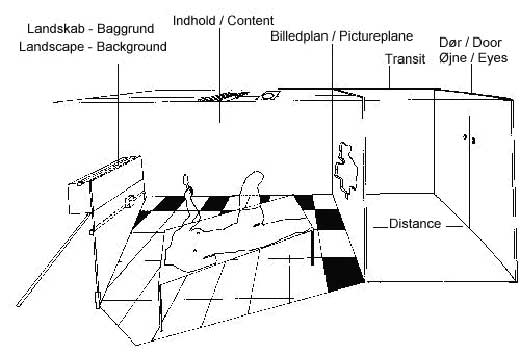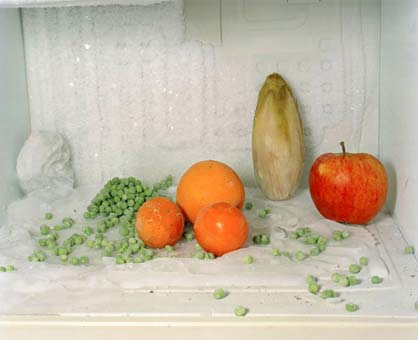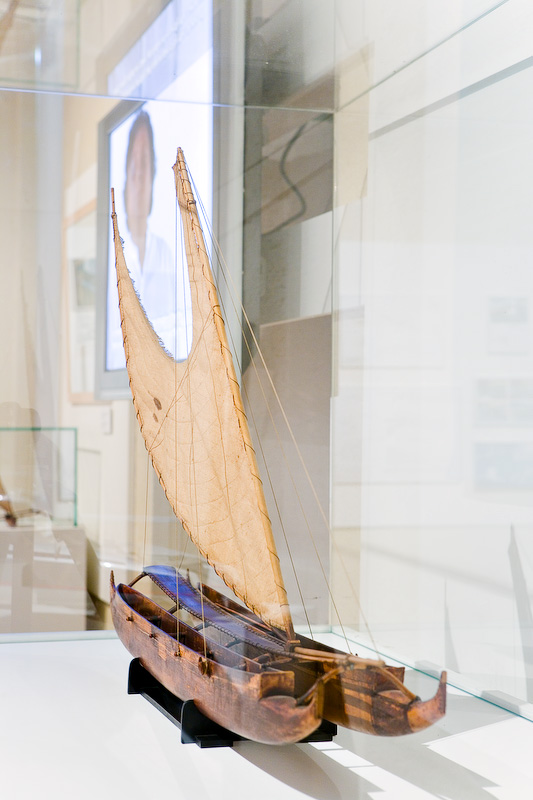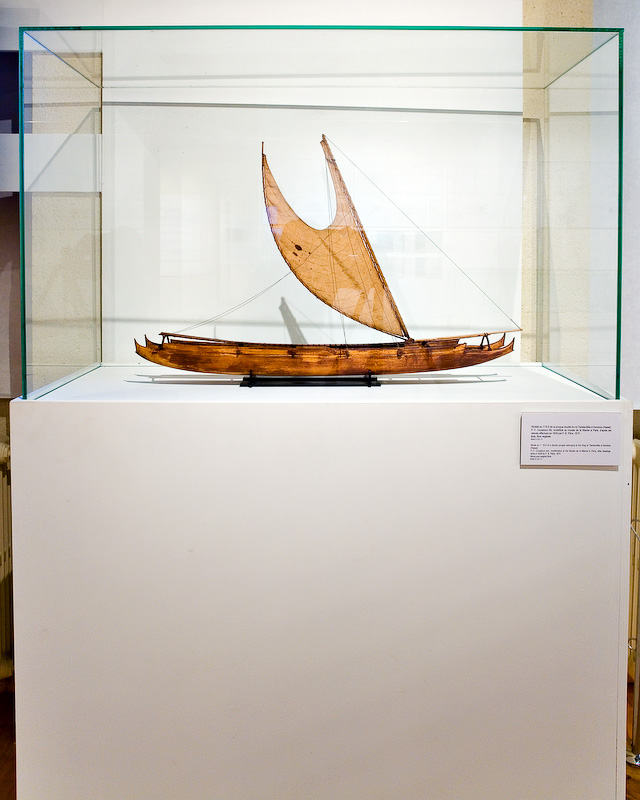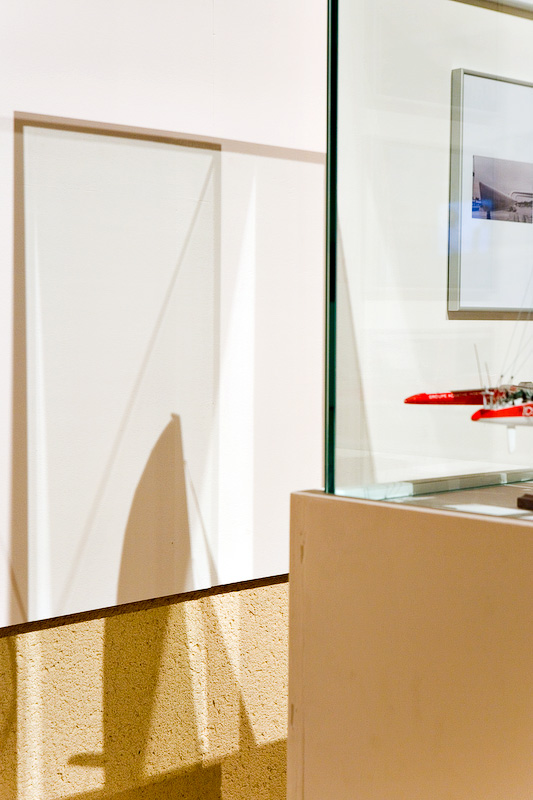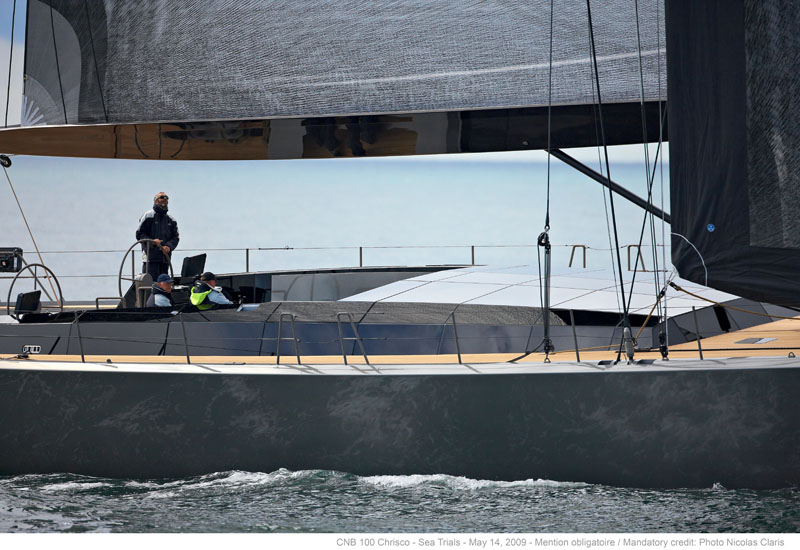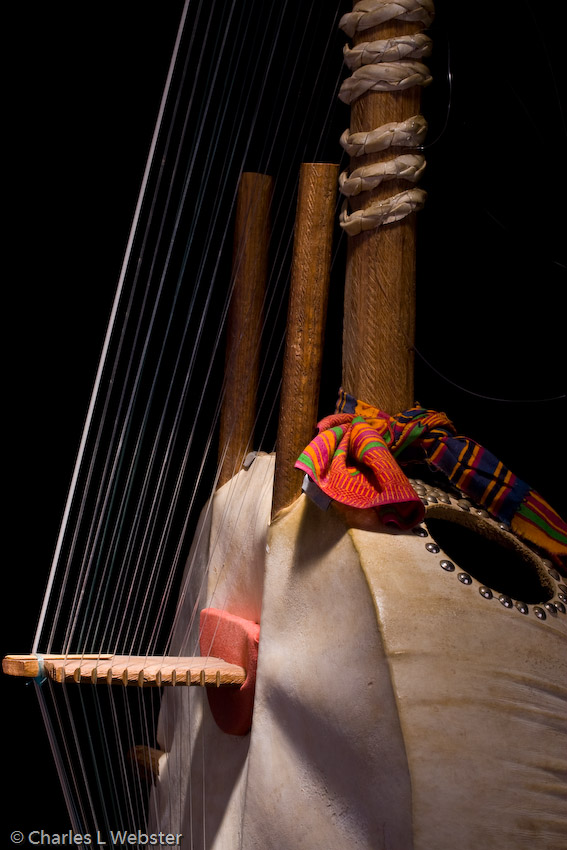Michael Fontana
pro member
In the context of a new museum's collection catalogue we're discussing different ways of photographic representation of cult objects. They usually are represented in a pseudo - neutral, aka °scientific° context, tabletops as in this example:
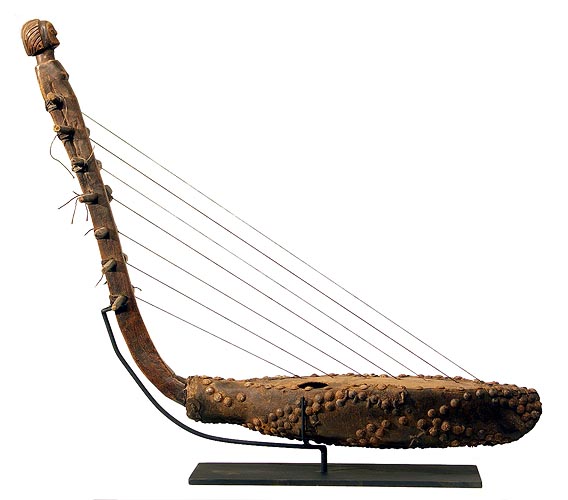 Photograph © Tim Hamill
Photograph © Tim Hamill
What do you think about the two following photos, I took as a study for a different photographic language?


I know, its not exactly the same harp, but the difference of language is obvious, and the main interest, for now.
In some aspects, my studies - in a less documentarx style - are more documentary, than the documentary shots of the first example. When they - per example - better show how the string enters in the skin...

What do you think about the two following photos, I took as a study for a different photographic language?


I know, its not exactly the same harp, but the difference of language is obvious, and the main interest, for now.
In some aspects, my studies - in a less documentarx style - are more documentary, than the documentary shots of the first example. When they - per example - better show how the string enters in the skin...

